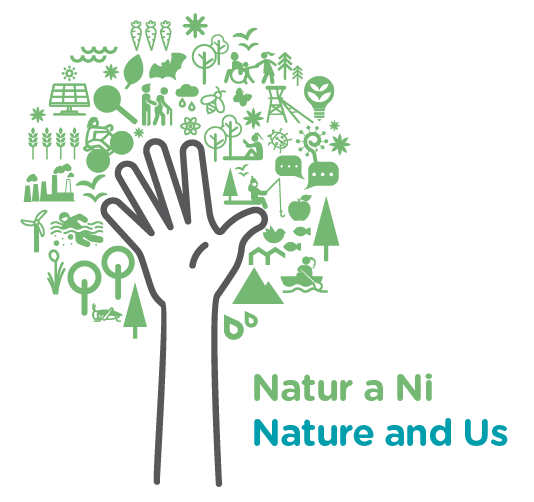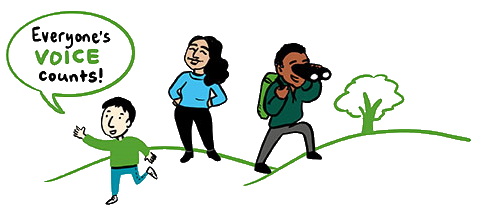Phase 1 Findings
The Nature and Us Phase 1 Report was published in July 2022. It summarises the findings from the first phase of the national conversation on what future we want for our natural environment.
The conversation was held through various online involvement channels between February and April 2022.
The findings draw upon the views of:
- 3,069 survey respondents
- 68 focus group participants
- 126 workshop attendees and
- 186 webinar participants
Headline findings
Survey respondents were most concerned about three key issues:
- The decline or extinction of animal and plant life
- Climate change
- Pollution of rivers, lakes, and ground water.
Contributors offered vivid and heartening visions for the future, with common survey responses falling within five themes:
- A greener, transformed lifestyle
- Increased presence and accessibility of green spaces
- Localised and community management of natural resources
- Increased protection of species and wildlife
- Transformation of public transport and active travel
The main changes which people are prepared to make to protect the environment are:
- Change 1: encourage more wildlife in gardens and communities
- Change 2: eat local produce when they’re in season and
- Change 3: committing to reusing and repairing damaged items rather than throw them away
Whilst more than half of those who completed the survey thought they are doing as much as possible already, the factors which prevent people from making changes that would protect the environment relate to:
- Extra costs and affordability
- Lack of infrastructure and;
- Lack of government-enforced policies
What next?
Our assessment was that the majority of people who responded to the Nature and Us survey were most likely to have been well informed and already engaged in taking action on the nature and climate emergency.
There were also some variations in participation from across different parts of Wales. With this in mind we saught the views of those under-represented groups and areas of Wales in the Phase 2 Nature and Us, asking people to reflect on a series of statements summarising the findings from the first phase. Did they see themselves in the futures described?
To do this attended a series of events in areas where we have had fewer responses during our national conversation. We also reached out specifically to groups who were under-represented in our survey sample, including those from ethnic minority backgrounds and those aged 23 and under.

